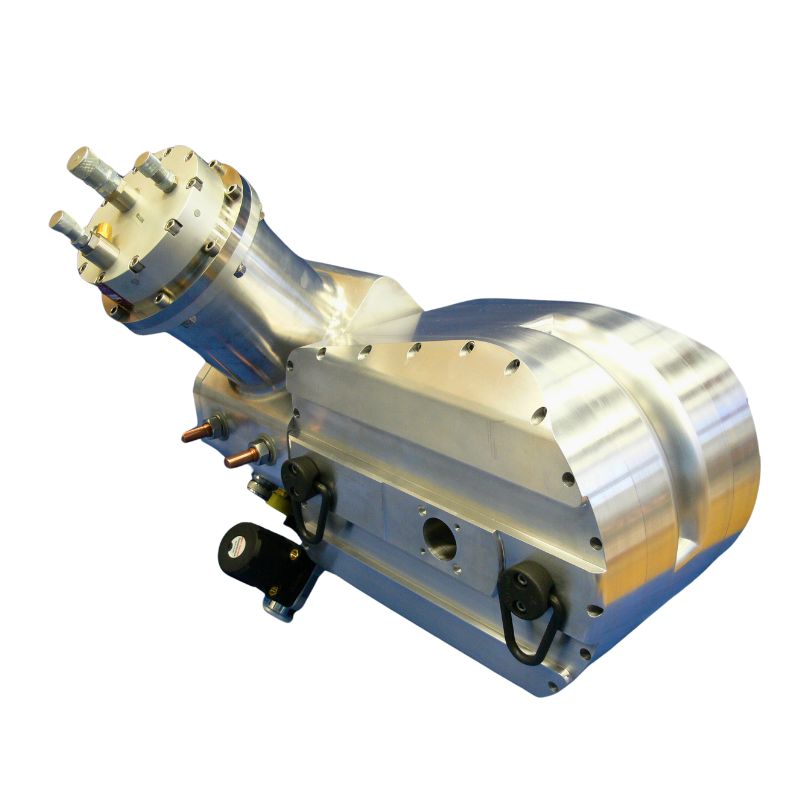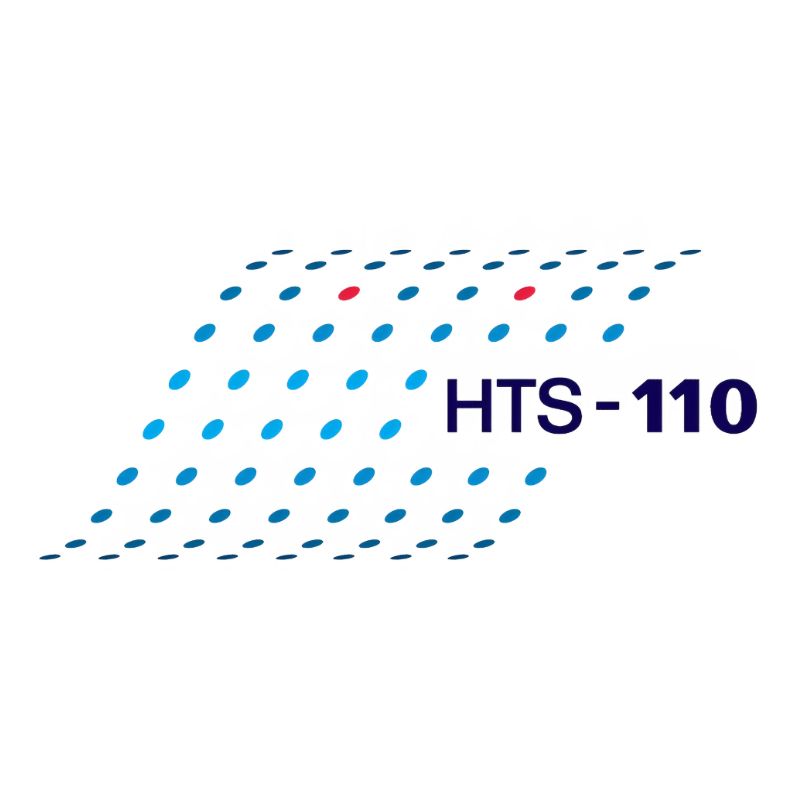New Model: 12 T Asymmetric Magnet for Neutron Scattering

HTS-110 continues to innovate with a 12 T magnet designed for the neutron scattering community, offering new LTS alternatives.
Development of 12 T SuperCurrent Magnet

HTS-110 achieves a new 12 T benchmark utilising an updated magnet, that was designed from the ground up for superconductor characterization.
Launch of 9.4 T NMR Magnet

HTS-110 introduces a 9.4 T NMR magnet, the first dry magnet to demonstrate high-resolution NMR spectroscopy, further advancing NMR capabilities with innovative HTS high-field magnet solutions.
Introduction of Fast-Ramping 5 T Split Pair Magnet

HTS-110 introduces a fast-ramping 5 Tesla split pair magnet, designed for ultrafast magnetic field cycling with a 4-quadrant cycle in 1 minute.
8.6 T Photo-Emission Spectroscopy Magnet Launched

HTS-110’s 8.6 T magnet for photo-emission spectroscopy achieved the highest field to date, utilizing paired magnets for X-ray and electron analysis. Operational since 2011 and refurbished in 2023, it exemplifies advanced high-Tc superconducting technology.
Prime Minister's Science Prize Awarded for HTS Research

Drs. Bob Buckley and Jeff Tallon receive the Prime Minister’s Science Prize for superconductor research and commercialization at Industrial Research Limited (IRL).
First HTS Coil Synchrotron Magnet

HTS-110 delivers the first synchrotron magnet equipped with HTS coils to Brookhaven National Laboratory, representing the only HTS coil-based magnet for synchrotron applications globally at that time.
5.4 T Neutron Scattering Magnet Delivered

HTS-110 delivers a cutting-edge 5.4 T magnet for neutron scattering, marking the first commercial move from coils to an integrated magnet solution. This system was their first 5 T, and x-ray scattering, magnet.
Establishment of HTS-110

The inception of HTS-110 in 2004 underlines its pioneering legacy in HTS technology. Their offering commercial offering included CryoSaver™ current leads, and bespoke HTS projects alongside internal R&D.
First Large-Scale Physics Magnet

A Bi-2223 HTS coil-based ion beam switching magnet is installed at the Institute of Geological and Nuclear Science, the first large-scale fully operational HTS physics magnet globally. The magnet generates 0.72 T in the airgap between two 410/spl times/700 mm warm iron poles.
First HTS Wire Demonstrating Critical Current
Two teams demonstrate critical current in HTS wire using BSSCO, with one producing round wire and the other flat tape.
DSIR Electron Microscope Identifies BSCCO-2223 (110 K)

Using an electron microscope, Drs. Buckley and Tallon identify BSCCO-2223, marking a significant advancement in HTS material science.
BSSCO Class - HTS Material Discovery
The discovery of the BSSCO class, a High-Tc Oxide Superconductor without a Rare Earth Element, paves the way for HTS wires.
YBCO - HTS Material Discovery (92 K)
Paul Chu’s group discovers replacing lanthanum (LBCO) with yttrium (YBCO), enables superconductivity above the boiling point of liquid nitrogen, drastically reducing cooling costs, and paving the way to viable commercialisation.
Cuprate - Superconductor Material Breakthrough (35 K)

Bednorz and Müller discover high-temperature superconductivity in a lanthanum-based cuprate perovskite material with a Tc of 35 K, marking a new era for superconductors.
First Commercial Whole-body Superconducting MRI Scanner

The first commercial whole-body MRI machines are introduced, revolutionizing medical imaging, built by Oxford Instruments.
Nb3Ge - Superconductor Material Discovery (23 K)

Nb3Ge is discovered with a Tc of 23 K, setting a record for the highest ambient-pressure Tc until the later discovery of cuprate superconductors.
First patent for superconducting MRI machine

Raymond Damadian with “Indomitable” a supercooled, superconducting MR scanner and MRI machine. He filed the patent in 1972, then recorded a human image in 1977.
First Superconducting NMR Magnet (220MHz)

Varian Associates develops the first superconducting NMR magnet at 220 MHz, enhancing NMR technology.
Theoretical Prediction of Josephson Effect

Brian Josephson predicts that a supercurrent can flow between two superconductors separated by a thin insulator, leading to the Josephson effect.
Niobium-Titanium Identified as Leading LTS Wire Candidate

T.G. Berlincourt and R.R. Hake identify niobium–titanium alloys as leading candidates for LTS wire.
First Commercial Superconducting Magnet

Sir Martin and Audrey Woods design the first commercially available superconducting magnet, hand-wound and powered with his car battery and rheostat.
Niobium-Tin - Superconductor Material Discovery

The discovery that niobium-tin supports high current density marks a significant advancement in the development of powerful supermagnets.
Introduction of BCS Theory
John Bardeen, Leon Cooper, and Robert Schrieffer propose the BCS theory, providing a comprehensive explanation for electron pairing in superconductors.
First commercial NMR spectrometer

Varian Associates sells the first commercial NMR spectrometer, pioneering early development work in close association with Felix Blochʼs group at Stanford.
Meissner Effect Discovered

Walther Meissner and Robert Ochsenfeld discover that superconductors expel applied magnetic fields, a phenomenon known as the Meissner effect.
Discovery of Superconductivity by Onnes

Professor Heike Kamerlingh Onnes and his team in Leiden, Netherlands, discover superconductivity in mercury, noting that its resistance approached “practically zero.”